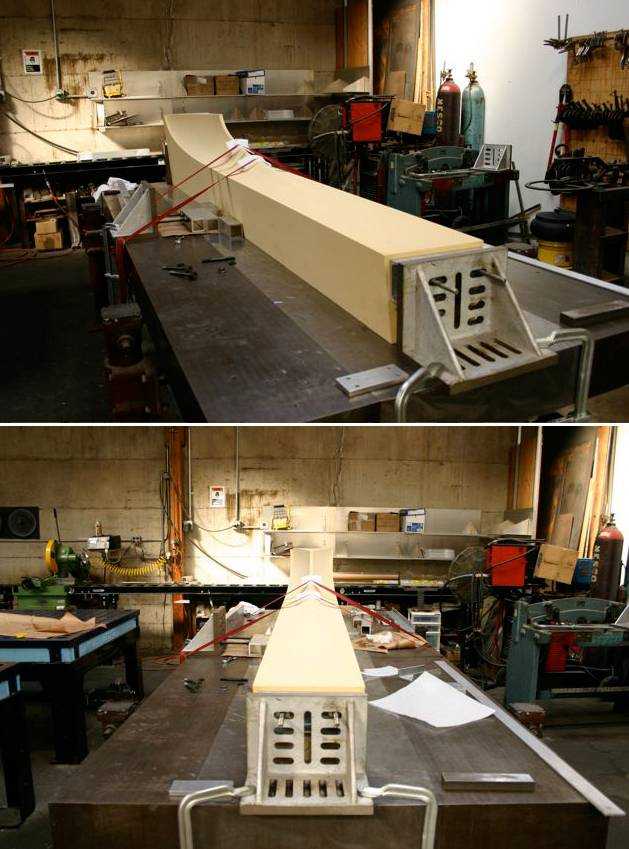The Pentagon, an iconic symbol of the United States military and one of the most recognizable government buildings in the world, is located in Arlington County, Virginia, just across the Potomac River from Washington, D.C. Its strategic position and immense size make it a prominent landmark, not just for its architectural significance but also for its historical and cultural importance.
The Geographical Positioning of The Pentagon

Nestled in the heart of the National Capital Region, The Pentagon sits on a 57-acre lot in Arlington, a county that borders the nation’s capital. This location was chosen for its proximity to Washington, D.C., providing easy access for high-ranking officials and ensuring the efficient management of the country’s defense operations.
The address of The Pentagon is One Pentagon, Washington Boulevard, Arlington, VA 22202. Despite its name, the building is not technically located in the Pentagon City neighborhood of Arlington, but rather in the Pentagon City census-designated place. This area, which is part of the larger Arlington County, is known for its vibrant urban atmosphere, bustling commercial districts, and convenient access to public transportation.
A Historical Perspective
The decision to build The Pentagon in Arlington was not just strategic but also practical. The site was once home to a former airport, Hoover Field, which was converted into a military facility during World War II. This transformation allowed for the efficient use of existing infrastructure and provided ample space for the construction of the massive building.
The Pentagon's location is also significant due to its close proximity to other important government institutions. It is situated just a short distance from the White House and the United States Capitol, making it a key player in the country's defense and foreign policy decision-making processes.
| Key Location Details | Description |
|---|---|
| Address | One Pentagon, Washington Boulevard, Arlington, VA 22202 |
| County | Arlington, Virginia |
| Neighborhood | Pentagon City census-designated place |
| Nearby Attractions | The White House, United States Capitol, Arlington National Cemetery |

The Design and Construction of The Pentagon

The design of The Pentagon was a masterpiece of functional architecture. With a unique five-sided shape, the building covers a total area of approximately 6.5 million square feet, making it one of the largest office buildings in the world. Its innovative design allowed for efficient use of space, with five concentric rings connected by ten radial corridors, facilitating easy navigation for its thousands of employees.
Construction of The Pentagon began in September 1941, during the early stages of America's involvement in World War II. The project was a massive undertaking, employing around 15,000 workers at its peak. The building was designed to be fireproof and able to withstand potential enemy attacks, with reinforced concrete and steel construction. Despite the challenges, The Pentagon was completed in just 16 months, a testament to the dedication and skill of the construction teams.
Innovative Features
One of the most notable features of The Pentagon is its underground network of tunnels, which connect the various sections of the building. These tunnels, along with an efficient public transportation system, ensure smooth movement of personnel and equipment within the facility. Additionally, The Pentagon is equipped with state-of-the-art security systems, including advanced surveillance and access control measures, to protect the building and its occupants.
The Pentagon's design also incorporates numerous sustainability features, including a green roof that helps to reduce the building's carbon footprint and provides habitat for local wildlife. The building's efficient use of space and natural light further contributes to its environmental friendliness.
| Technical Specifications | Details |
|---|---|
| Total Area | 6.5 million square feet |
| Number of Floors | 5 above ground, 2 below ground |
| Construction Time | 16 months |
| Construction Peak Workforce | Approximately 15,000 workers |
The Role of The Pentagon in American Defense
As the headquarters of the United States Department of Defense, The Pentagon plays a critical role in the nation’s military strategy and operations. It houses the offices of the Secretary of Defense, the Joint Chiefs of Staff, and numerous other military and civilian personnel responsible for planning, coordinating, and executing military operations worldwide.
The building's unique design and layout facilitate efficient collaboration and communication among its occupants. The concentric rings and radial corridors allow for easy movement and interaction between different departments and offices, fostering a collaborative environment that is crucial for the complex decision-making processes involved in military strategy.
A Historic Symbol
Beyond its functional role, The Pentagon is a powerful symbol of American military might and resolve. Its survival and resilience following the September 11th attacks in 2001, which saw a hijacked plane crash into the building, have come to represent the nation’s strength and determination in the face of adversity.
Today, The Pentagon remains a vital center of military command and control, housing state-of-the-art technology and intelligence resources. It continues to evolve and adapt to meet the challenges of modern warfare, ensuring the United States remains a global leader in military strategy and defense.
| Pentagon's Role | Description |
|---|---|
| Military Command | Serves as the headquarters for the Department of Defense, coordinating military operations worldwide. |
| Strategic Planning | Houses the Joint Chiefs of Staff, responsible for developing and implementing military strategies. |
| Collaboration Center | Its unique design fosters collaboration and communication among military and civilian personnel. |
Future Implications and Modern Challenges
As the world of military strategy and defense continues to evolve, The Pentagon faces a range of modern challenges. With the rise of cyber warfare and the increasing complexity of global conflicts, the building must adapt to new threats and technologies. This includes the integration of advanced cybersecurity measures and the development of innovative strategies to address evolving geopolitical dynamics.
Furthermore, The Pentagon's role in promoting international cooperation and stability is becoming increasingly crucial. As the United States continues to engage in global alliances and partnerships, the building serves as a hub for diplomatic efforts and strategic collaboration, helping to shape the world's security landscape.
Sustainability and Innovation
In addition to its military and strategic functions, The Pentagon is also leading the way in sustainable practices and innovation. The building’s green roof, efficient use of space, and integration of renewable energy sources are examples of its commitment to environmental stewardship. These initiatives not only reduce the building’s carbon footprint but also serve as models for other large-scale facilities to follow.
The Pentagon's innovative spirit extends beyond sustainability, with ongoing research and development initiatives focused on enhancing military capabilities and technologies. From advanced weaponry and defense systems to cutting-edge intelligence and communication technologies, The Pentagon is at the forefront of military innovation, ensuring the United States remains a leader in defense and national security.
| Modern Challenges and Initiatives | Details |
|---|---|
| Cyber Warfare | Integrating advanced cybersecurity measures to protect against digital threats. |
| Global Alliances | Fostering international cooperation and stability through diplomatic efforts. |
| Sustainability | Implementing green initiatives and renewable energy sources to reduce environmental impact. |
| Military Innovation | Leading research and development in advanced weaponry, defense systems, and intelligence technologies. |
Conclusion

The Pentagon, with its strategic location in Arlington, Virginia, and its iconic design, stands as a symbol of American military might and resolve. Beyond its historical and architectural significance, the building serves as a vital hub for national defense operations, strategic planning, and international cooperation. As the world faces new challenges and threats, The Pentagon remains at the forefront, adapting and innovating to ensure the safety and security of the United States and its allies.
Its legacy extends beyond its walls, shaping the course of military history and influencing the global security landscape. As we look to the future, The Pentagon's role as a leader in defense, innovation, and sustainability will continue to be a critical factor in maintaining peace and stability in an ever-changing world.
FAQs
What is the history behind the name “The Pentagon”?
+
The name “The Pentagon” is derived from the building’s unique five-sided shape. Designed during World War II, the building’s architects chose this shape for its efficient use of space and ease of navigation. The name stuck, and today it is recognized worldwide as a symbol of the United States military.
How many people work at The Pentagon?
+
The Pentagon is one of the largest office buildings in the world and employs a vast number of people. It is estimated that over 23,000 military and civilian personnel work in the building daily, making it a bustling hub of activity and decision-making.
What security measures are in place at The Pentagon?
+
The Pentagon is equipped with state-of-the-art security systems, including advanced surveillance, access control, and cybersecurity measures. These systems are constantly updated to address emerging threats, ensuring the building and its occupants remain secure.